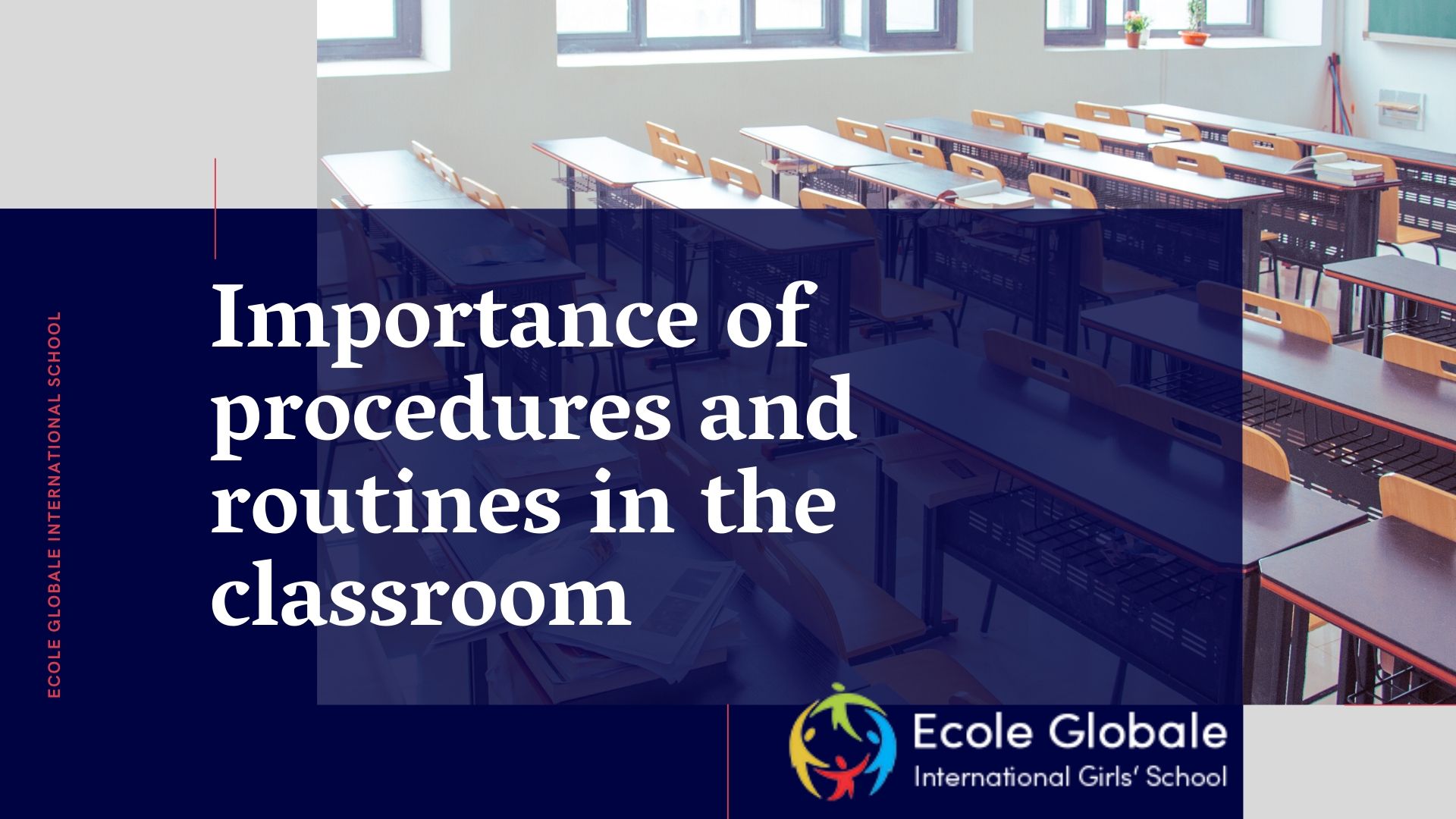Routine is the key to a well-managed and organized classroom. Routines help students to focus on learning and also help them to understand what is expected of them. International Schools generally have the best management and all things are organized pretty well. Interruptions are reduced, and learning prospers when procedures and routines are established.
To truly fall into a routine, students may take several weeks. At the beginning of the year, procedures should be taught and practiced to give structure and efficiency to your class.
Given below is the list of routines to be taught in the first few days of school, appropriate for elementary and all other grades. However, you can modify them according to your school’s policies.
For Elementary Grades
1. Beginning the Day
Backpacks, snacks, Coats and other outer clothing which are not required during school should be put away; firstly, as soon as the child enters the classroom. After that, students can start with their morning work or await morning meeting or can place their previous day homework. Teachers may also ask students about the things to be updated at this time like flexible seating charts, attendance counts, lunch tags, etc.
Note: When the students in secondary grades come in, they are allowed to do their morning tasks independently.
2. Ending the Day
At the end of the day, 15 minutes before the bell rings, students should begin to put all their materials away, but their work for the day in the homework folder and clean off their desk or table. They should be dismissed only when the class is organized; chairs are stacked, their belongings are gathered and lastly sitting quietly on the carpet.
3. Lining Up
In lower grades, it is very difficult to practice to line up the students efficiently. They should be taught to wait until their row or name is called to grab any material or to put away their supplies. The importance of lining up silently should be told to the students.
For All Grades
1- Entering and Leaving the Room
Students should remain silent while entering or leaving the classrooms. They must not disturb classmates or other classes when going to the bathrooms, leaving early, coming late, at periods of transition, during lunch or assemblies.
2- Using the Restroom
Students should inform the teacher about their whereabouts before leaving in the middle of a lesson. Not more than one student should be allowed to leave to use the restroom. Bathroom passes must be given by the teachers to the students when they leave. Safety is ensured when the whereabouts of every student are known.
3- Fire Drills
After hearing the fire alarm, students should be taught to remain calm by stopping their activities then and placing the things there and walking through the door quietly. Older students should be allowed to exit the room and meet at the designated place while the elementary grade students should be lined up at the door. Teachers are responsible for taking attendance and reporting immediately to the administration in case of someone found missing, collecting fire drill supplies.
Additional Procedures
Given below are the procedures to be taught to the students for best results;
- Snack time
- Going to the office (when getting picked up or visiting the nurse)
- How to behave when there are classroom visitors
- What to do during assemblies
- Where, when, and how to submit homework
- Returning classroom supplies to their places
- Handling classroom equipment (i.e. scissors)
- Getting ready for lunch, recess, or specials
- Transitioning to the next class
- How to safely use a computer
- Participating in learning centers.
- What should be done during announcements









